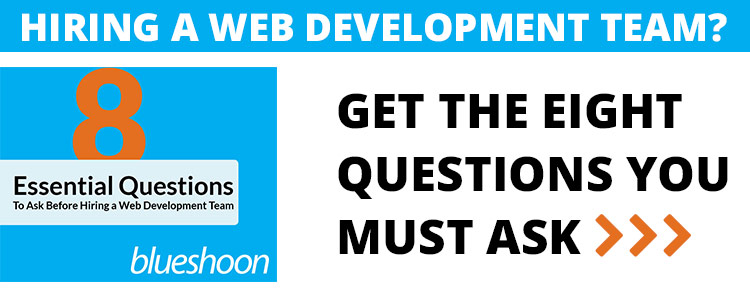Why Not All Web Design Proposals Are Created Equally
Why Not All Web Design Proposals Are Created Equally
Every proposal you receive for web design services is different, no matter how similar some may appear, because the companies and contractors submitting those proposals are different. Submissions are only as good as the people behind them.
What Does The Proposal Actually Say?
If you cannot answer this question, there is a problem. Proposals should be clear and address your needs specifically. Beware submissions full of technical jargon and corporate marketing clichés. These terms are filler to create the illusion of a detailed plan when no real thought has gone into your project’s requirements (you shouldn’t have to Google half the terms in the proposal).
A common mistake is to scan a proposal for the bottom line, pricing, and to make a decision based on that alone. Your budget is important of course, but just because a proposal falls into the right price range does not mean it is a bargain.
A responsive design that works across all major browsers and devices is no longer an optional add-on but an industry standard. Designers that follow recommended best practices will not charge an extra fee for this functionality but build it into their pricing structure.
Any new business website build should include customized email addresses for every employee that needs one, and a simple procedure to add or delete those addresses. This should not be listed as an add-on.
Too many extra features offered in a proposal shows a lack of insight into your needs. If these features are important to the success of your website then they should be included in the total and not treated as options.
Web design proposals can become murky when filled with unfamiliar jargon and a long list of add-ons. Bids like these have a lower price tag because they do not include the cost of key features. A design firm should use their knowledge and experience to deliver a final product that will help your business.
Keep in mind: If a firm is willing to forego functionality essential to a project’s needs just to keep their price lower than competitor’s prices, then they are just trying to make a quick sell and have no regard for the success of your project in the long term.
What Should a Web Design Proposal Include?
A design studio trying to get your project must have a website that is attractive and easy to navigate. They should have a professional portfolio, references from clients, and submit a project summary that demonstrates knowledge about your specific needs.
A well thought out and researched web design proposal will include information about your competition. You have to know what your rivals are offering their customers. The bid should contain suggestions to improve on competitors websites.
The size of the firm you are potentially going to deal with is also important. A solo freelancer may work out well for a small project, but could quickly become overwhelmed working a large job with a concrete deadline. Hire a firm that is staffed to handle projects your size.
In conclusion, thorough research will separate companies only looking to make a sell from those that routinely deliver on their promises. Choose a web design firm that is easily reachable by phone and with representatives that promptly return your emails and messages.
The best web design firms are those that build relationships with their clients. They are always willing to discuss your project, the weather, or last night’s game (in Blueshoon’s case, we’ll also discuss the latest and greatest hot dog stand). A web design proposal may not always reflect these virtues so make communication part or your vetting process.

